Maribyrnong River Viaduct
Victoria’s historic railway gateway
The Maribyrnong River Viaduct stands as one of Melbourne’s most significant railway engineering achievements.
Located in Melbourne’s western suburbs, this remarkable trestle bridge spans the Maribyrnong River, creating an impressive silhouette against the suburban landscape.
The Construction Journey
Victorian Railways embarked on this ambitious project in 1927, employing 200 workers to construct what would become Australia’s largest trestle bridge. The bridge was completed in June 1929, marking a significant milestone in Australian engineering history. During construction, the project recorded one fatality, highlighting the challenging nature of such ambitious infrastructure projects in the early 20th century.
The Maribyrnong River Viaduct, also known locally as the Quarter Mile Bridge, stretches an impressive 383 metres across the river valley.
Standing 55 metres above the water level, this railway bridge holds the distinction of being Victoria’s second-highest bridge, surpassed only by the West Gate Bridge at 58 metres.
Railway Services and Modern Usage
The viaduct primarily serves freight services along the Albion-Jacana railway line. However, the ‘Quarter Mile Bridge’ also accommodates two notable passenger services: the Melbourne to Sydney NSW TrainLink XPT and the Melbourne-Albury V/Line service, both operating on standard gauge tracks. Adding to its functionality, the structure features internal and external walkways spanning its entire length on both sides.
Heritage Significance
The Heritage listed structure represents a crucial piece of Victoria’s transport infrastructure history. When completed, the Maribyrnong River Viaduct briefly held the title of Australia’s highest railway bridge until the Sydney Harbour Bridge’s completion.
Its enduring presence continues to demonstrate the engineering capabilities of the Victorian Railways Construction Branch.
Conclusion
The Maribyrnong River Viaduct remains a remarkable example of early 20th-century Australian railway engineering. Its impressive height, length, and continued service make it an essential component of Victoria’s rail network, while its heritage status ensures its preservation for future generations.

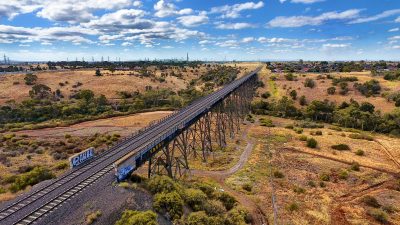
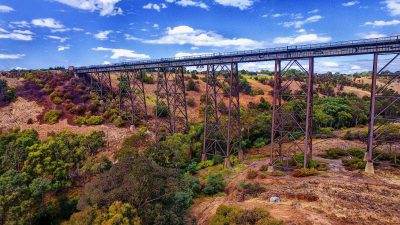
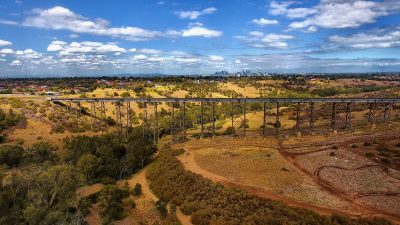
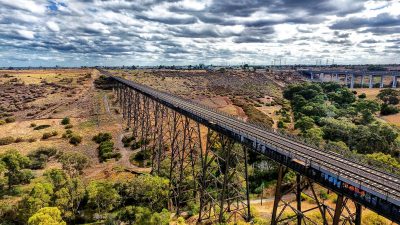
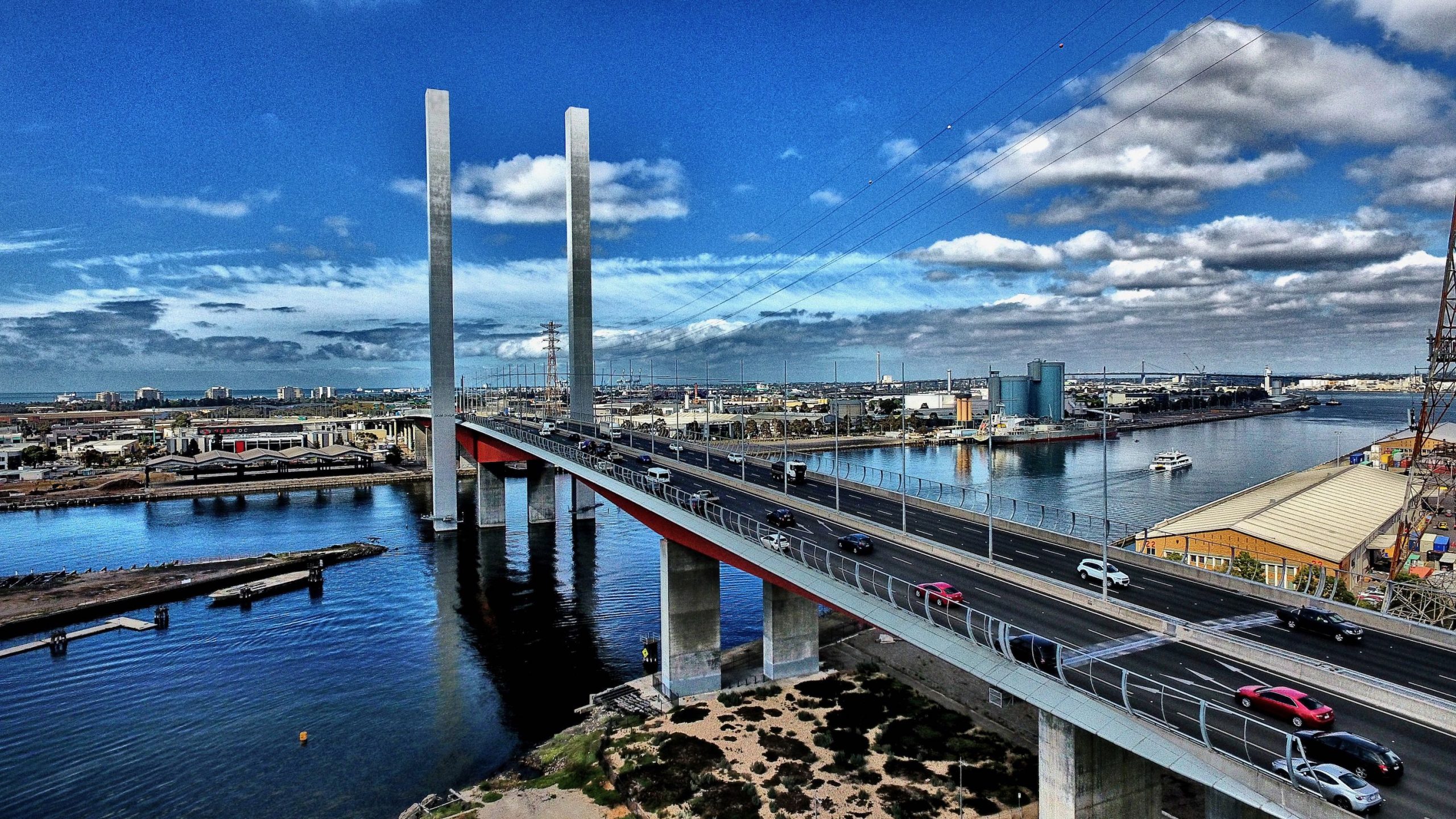

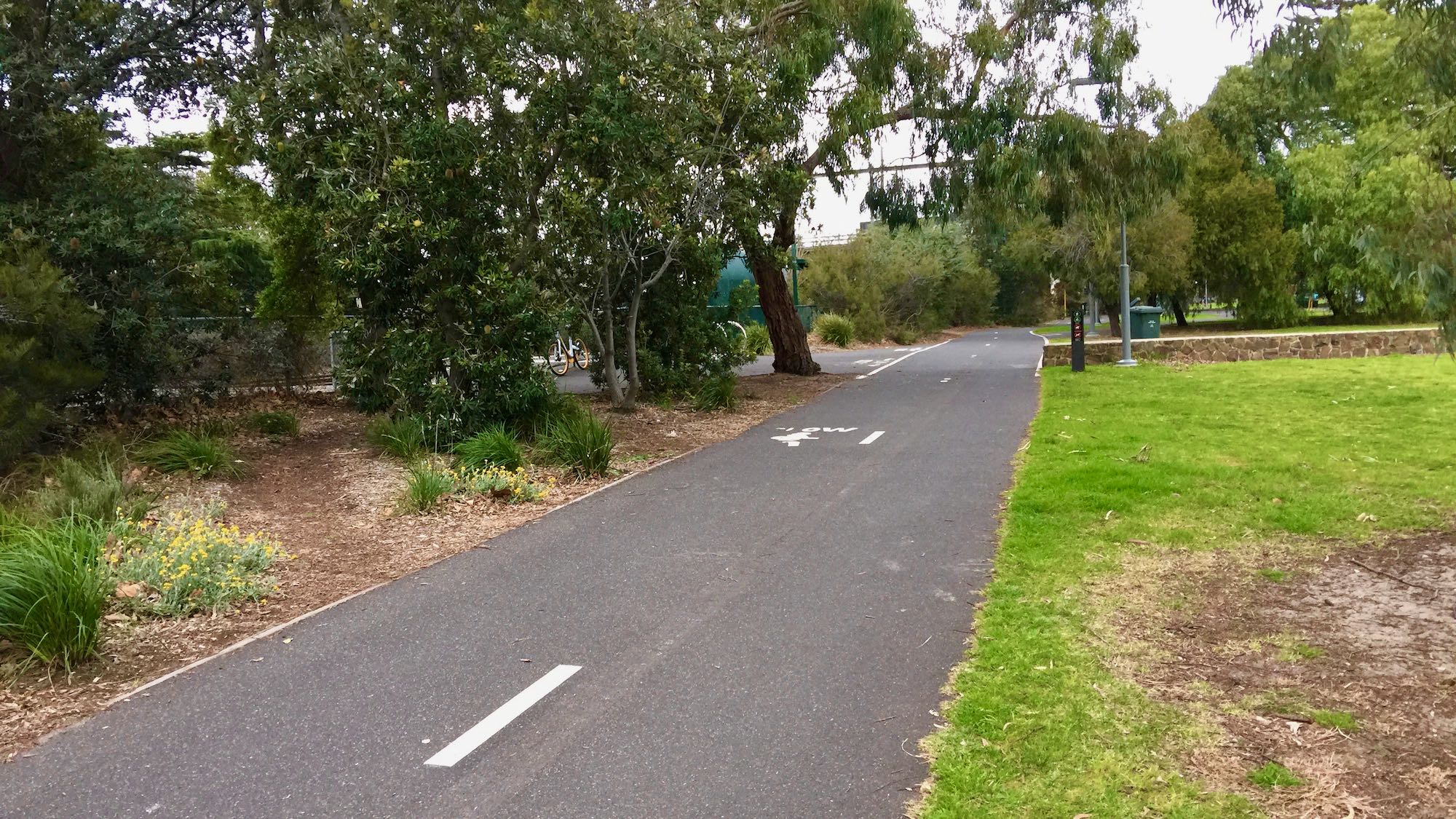
Leave A Comment